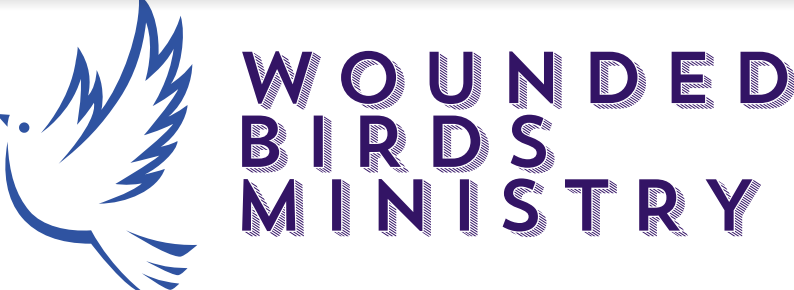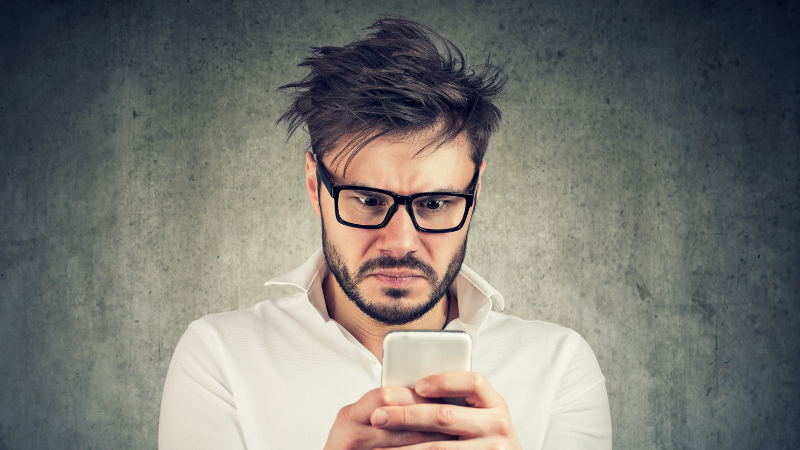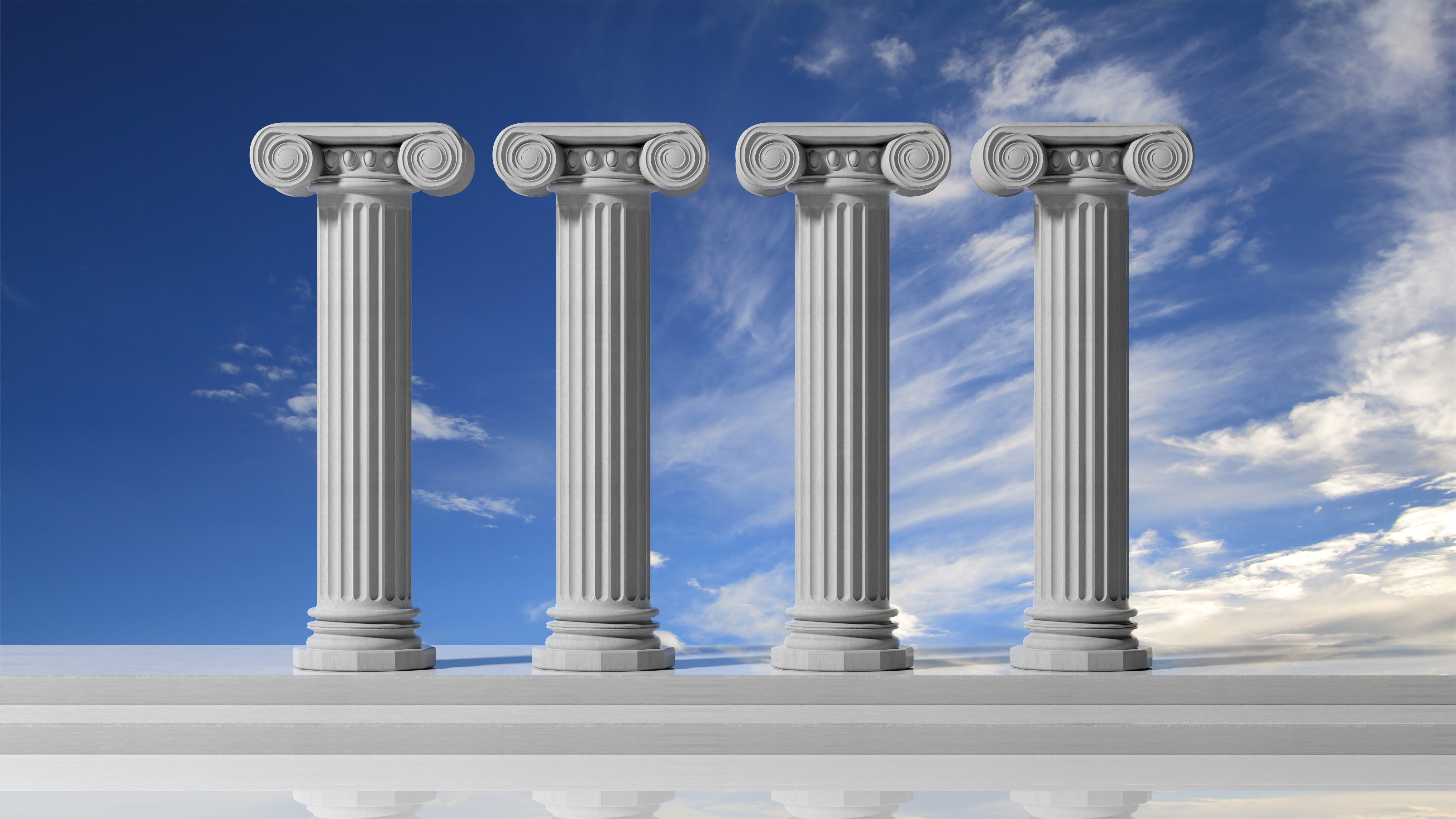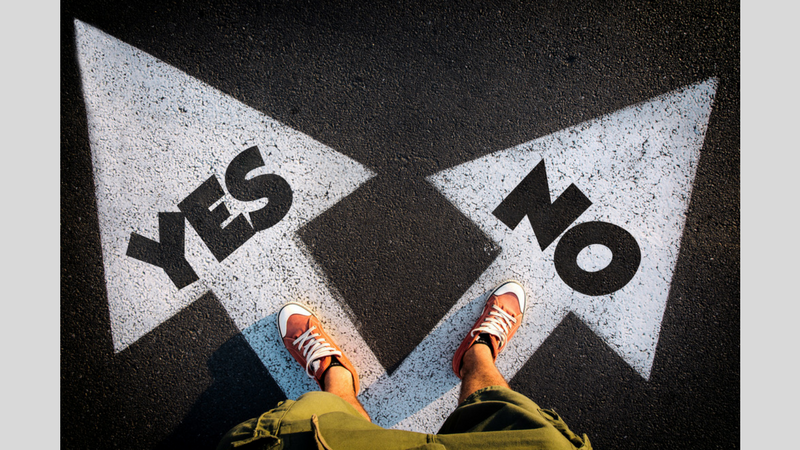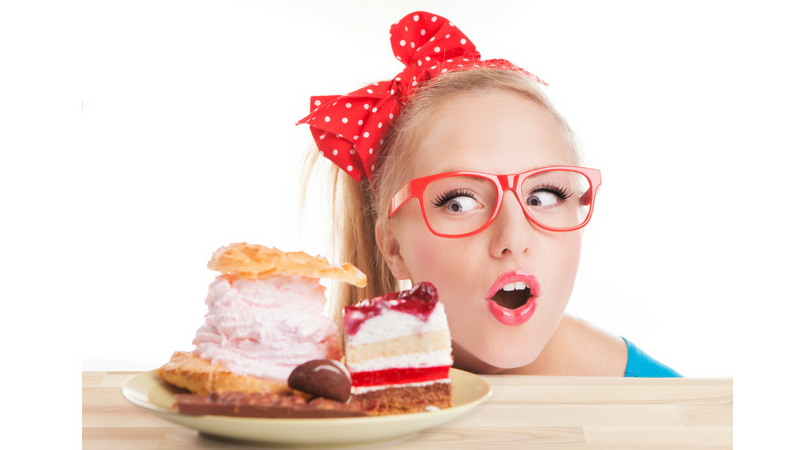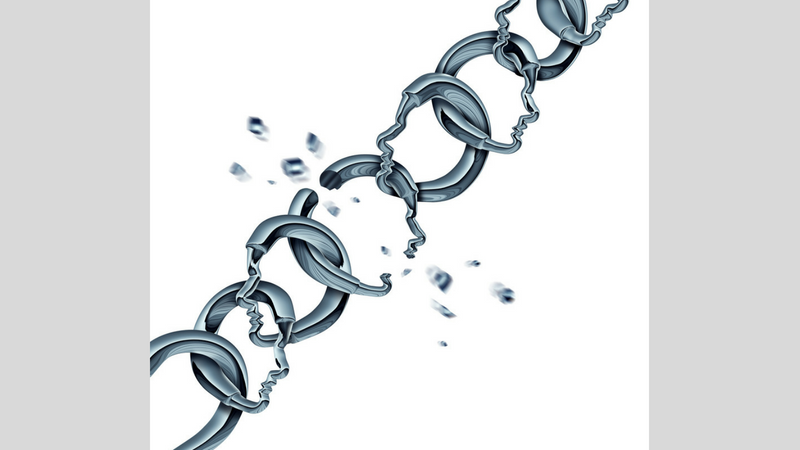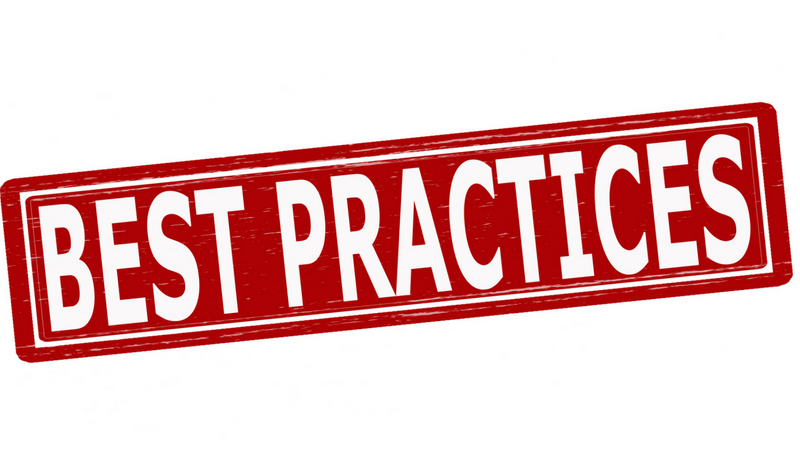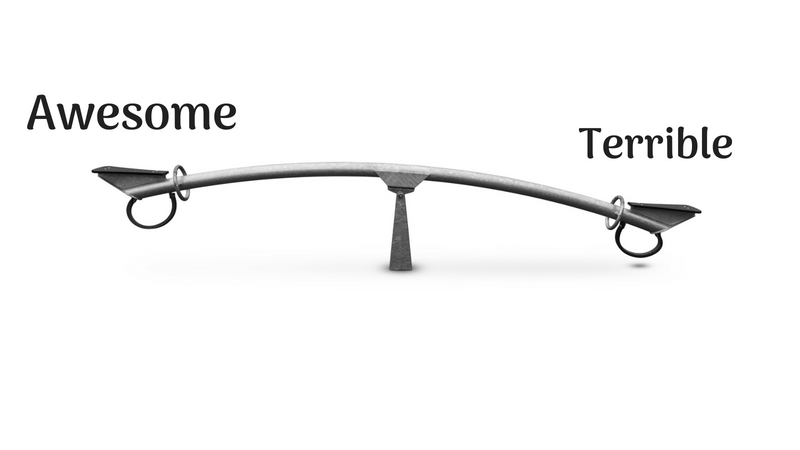Social Media Detoxes Aren’t the Answer
It’s a refrain I hear over and over again: “I should minimize the amount of time I spend on social media.” It seems like there is one study after another telling us how negatively social media impacts our mental health and our perspective.
The studies aren’t wrong. Social media is known to bring out impostor syndrome, despair that we aren’t as successful as others, and a belief that everyone else has their life together when ours is falling apart.
Additionally, there’s a lot of negativity and toxicity on social media. Political posts get out-of-hand, and there’s a general lack of civil discourse on important conversations. Debates quickly devolve into personal attacks, and some of those attacks translate into real life.
Undeniably, these are scary outcomes.
The experts tell us that minimizing our time on social media is important in helping us generate stronger in-person relationships and gaining perspective on how people are actually living their lives.
There’s a lot of negativity and toxicity on social media.
One trend I’ve seen among my mental health peers is the Social Media Detox, where they sign off for a week or a month at a time. Sometimes, they take a break from only one network; other times, it’s a blanket social media vacation.
I think it’s great that people are aware of the impacts of social media on their mental health. I think it’s wonderful that people take control of their experiences.
But when they return to social media, nothing has changed. They are right back where they started before their detox, with the same experience waiting for them.
In comparing notes with my friends and peers, I’ve realized that the reason I don’t follow in their footsteps is that I take a dramatically different approach to my social media experience.
For me, social media is a huge benefit to my mental health. It reminds me that I’m not alone in my experiences and that others have the same feelings I do. I find communities and tips that help me build skills and gain access to resources.
I also don’t see as much of the toxicity as I know others do. I don’t experience a lot of comment threads full of nastiness and character assaults.
For me, social media is a huge benefit to my mental health.
Why? Because of how I use these tools. I know the social media experience I want to have, and I utilize the tools I have to create and maintain that experience.
Here’s How I Manage My Social Media Experience:
1. I aggressively manage my privacy settings.
Now that I write regularly, nearly every post I make on Facebook is set to Public. Before, however, I limited the visibility to my Friends. Additionally, I rarely post pictures of my family and don’t accept every Tag a friend or a family member puts on a picture of me.
With going public, I also limit what I share on social media. Before, I was much more candid about my thoughts on current events and political leanings. Now, I avoid inviting trouble by self-censoring.
When there is an issue I feel strongly about and decide to share it, I will change the settings on that post to make it visible only to the people I’m OK with seeing it.
Some might think that this is me being “fake” or putting out a false front. It’s not. I’m not lying about what I believe or an opinion I have.
I avoid inviting trouble by self-censoring.
Rather, I’m limiting my exposure to people who are inclined to view whatever I post through their own bias filter and attack me in response.
I don’t have the time or the emotional energy to respond to those attacks, so I avoid them altogether. The best fights are the ones we don’t have.
2. I don’t follow everyone I friend.
Facebook gives us a couple of options to limit what we see in our feed. I can click on a group I belong to and change the Notification settings so that I never get a notification for that group.
I can click through to an individual’s profile and choose to Unfollow them without unfriending them. This means that we remain friends, and they can see what I post (avoiding real-life conflict), but I won’t see their posts in my feed.
This has become especially important for me as I’ve become a public figure. I get a lot of Friend requests now, and I accept nearly all of them. However, I’d rather see posts from my real-life friends and family, and unfollowing some of these new Facebook friends lets me keep my feed filled with what I prefer.
I make liberal use of the Mute option.
Twitter, similarly, offers a Mute option. With the follow-for-follow expectation on Twitter (and considering that I follow nearly 1,500 people), I don’t want to see every political message on the Twittersphere.
Additionally, it’s important to me that people can find me and my cause and see all my tweets on mental health, so I’m not going to stop following new accounts or just block people I disagree with. For this reason, I make liberal use of the Mute option.
If I have a follower who consistently writes tweets that negatively alter my mood, I will mute them. This means that they can still see my tweets and what I can share about mental health without influencing me negatively.
3. I fill my feeds with what makes me feel good.
On Facebook, I have friends who love to post puppy and cat videos. Those are practically guaranteed to make me smile and lift my spirits, so I set them to “Show First” on Facebook.
I also belong to Facebook groups on a variety of topics that interest me. I belong to roughly ten writing groups, five knitting and spinning groups, several mental health groups, entrepreneurial groups, and more.
When I see a group is poorly moderated or where comments typically hit below the belt, I leave the group. Facebook has millions of groups; I can always find another group on the topic that will be better managed.
With Twitter, I use Lists. I have a list of mental health advocates I particularly enjoy, and another of knitters I admire. I have another list of personal growth and productivity thought leaders. These lists help me focus my attention where I want it to go.
On Instagram, I have several hashtags I follow specifically. These are topics that are either educational or inspiring, and it makes me happy to open the app and see what’s waiting for me.
4. I hide the topics and conversations that I don’t care for.
Facebook lets me Snooze a person for 30 days, a temporary version of Unfollowing. Twitter allows me to mute a specific tweet-thread. While it’s rare, I take particular advantage of these options when volatile news topics drive particularly strong emotions.
5. I remember that we are all human and imperfect.
The final reality is that we are all flawed, and we all make mistakes. When I do have someone come after me negatively (usually in the comments section for an article I’ve written), I remember that the tone they’re taking usually says more about them than it does about me.
In fact, I’ve found that most of my critics are simply critical in general. I can read other comments they’ve made and determine that they use a similar tone on most messages, and that de-personalizes their response and its impact upon me.
I’ve found that most of my critics are simply critical in general.
When I see this, I remember that I choose my response and that not responding is just as valid as one with 500-words. Since I’ve learned this lesson, I’ve dramatically reduced the number of negative conversations and conflicts in my social media life.
6. I remember that we post filtered snapshots of our lives on social media.
I tend to post more of my ugliness on social media than most people, and that has everything do with my being a mental health advocate. If it weren’t for that, my posts would be significantly more filtered.
I know we live in a time and society that encourages us to always “be positive” and have an “attitude of gratitude,” leaving many people feeling like they should only post the highlights of their lives.
Maybe it’s because I run support groups and interact so frequently with people who share their realities with me, but I know that what I’m seeing on social media is only the highlights.
Just like sportscasters prefer to show the best highlights of the game, I know my social media friends and followers do the same. I know it’s not the full reality, just like we know that receiver who made the amazing catch sometimes drops the ball, too.
The Benefits of Filtering My Social Media Experience
Approaching my social media experience with these guidelines means that I have a generally positive social media experience and that, when I see it heading downhill, I’m in a position to take quick action and course correct.
It also helps me reinforce my personal identity. I can see that Susan spent her weekend at a food bank and not feel guilty for joining her because I know her gifts of mercy grant her the patience and ability to do this work.
We are each made differently, and social media reminds me of that fact and allows me to celebrate it.
Those aren’t my gifts, and I know if Susan tried to write 3,000 words a week and talk about mental health (as I do) that she would struggle. We are each made differently, and social media reminds me of that fact and allows me to celebrate it.
Ultimately, I think it’s important to remember that we each own our social media experience. We can create an experience that is negative and damaging, or we can create one that connects us and uplifts us.
We have the tools; the question is: How will you use them?
What are some things you do to manage your social media experience? What have you found most effective?
Looking for daily inspiration and community? Join our warm and supportive Facebook group!
